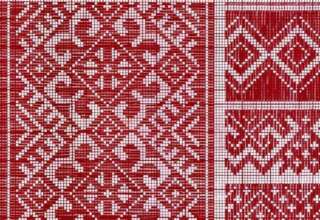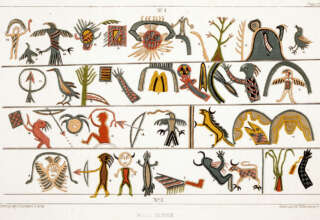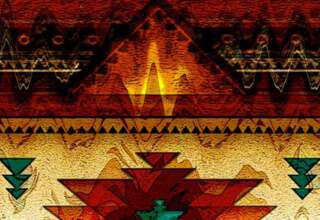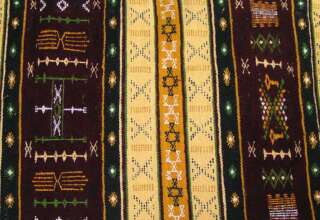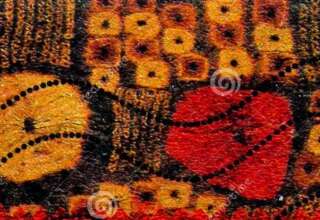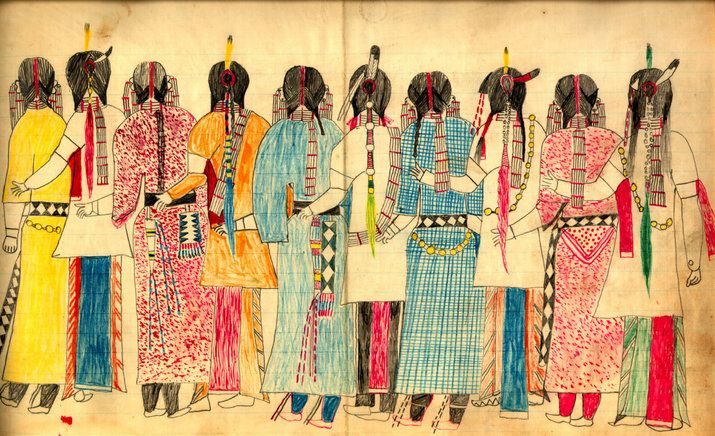
[Banner By Black Hawk – https://secure.wikimedia.org/wikipedia/de/wiki/Datei:Social_Dance.jpg, Public Domain, https://commons.wikimedia.org/w/index.php?curid=14957660]
This is the fourth in a series of interviews conducted with John Trumper, M.D. John has worked as a pediatrician in not only the United States but also four other countries. He has also served as a physician with three Native American communities in the United States. Dr. Trumper brings a wealth of insights regarding interpersonal relations and culture to these interviews based on his remarkable history of engagement with people in many different settings–mostly small, nonurban communities. This interview concerns his work with the Lakota people living on a reservation located in a large Southwest section of South Dakota.
Information regarding the Lakota is available on Wikipedia. Following is an excerpt from the Wikipedia document:
The Lakota (laˈkˣota; Lakota: Lakȟóta/Lakhóta) are a Native American people. The name Lakota comes from the Lakota autonym, Lakota “feeling affection, friendly, united, allied”.
History
In the late 16th and early 17th centuries, Dakota-Lakota speakers lived in the upper Mississippi Region in territory now organized as the states of Minnesota, Wisconsin, Iowa, and the Dakotas. Conflicts with Anishnaabe and Cree peoples pushed the Lakota west onto the Great Plains in the mid- to late-17th century.
Around 30 Cheyenne people introduced the Lakota to horses, which they called šuŋkawakaŋ (“dog of power/mystery/wonder”). After they adopted horse culture, Lakota society centered on the buffalo hunt on horseback. In 1660 French explorers estimated the total population of the Sioux (Lakota, Santee, Yankton, and Yanktonai) at 28,000. The Lakota population was estimated at 8,500 in 1805; it grew steadily and reached 16,110 in 1881. They were one of the few Native American tribes to increase in population in the 19th century, a time of widespread disease and warfare.
By 2010 the number of Lakota had increased to more than 170,000,11 of whom about 2,000 still spoke the Lakota language (Lakȟótiyapi). After 1720, the Lakota branch of the Seven Council Fires split into two major sects, the Saône, who moved to the Lake Traverse area on the South Dakota–North Dakota–Minnesota border, and the Oglála-Sičháŋǧu, who occupied the James River valley. However, by about 1750 the Saône had moved to the east bank of the Missouri River, followed 10 years later by the Oglála and Brulé (Sičháŋǧu).
The large and powerful Arikara, Mandan, and Hidatsa villages had long prevented the Lakota from crossing the Missouri River. However, the great smallpox epidemic of 1772–1780 destroyed three-quarters of the members of these tribes. The Lakota crossed the river into the drier, short-grass prairies of the High Plains. These newcomers were the Saône, well-mounted and increasingly confident, who spread out quickly. In 1765, a Saône exploring and raiding party led by Chief Standing Bear discovered the Black Hills (the Paha Sapa), then the territory of the Cheyenne. Ten years later, the Oglála and Brulé also crossed the Missouri. Under pressure from the Lakota, the Cheyenne moved west to the Powder River country. The Lakota made the Black Hills their home.

